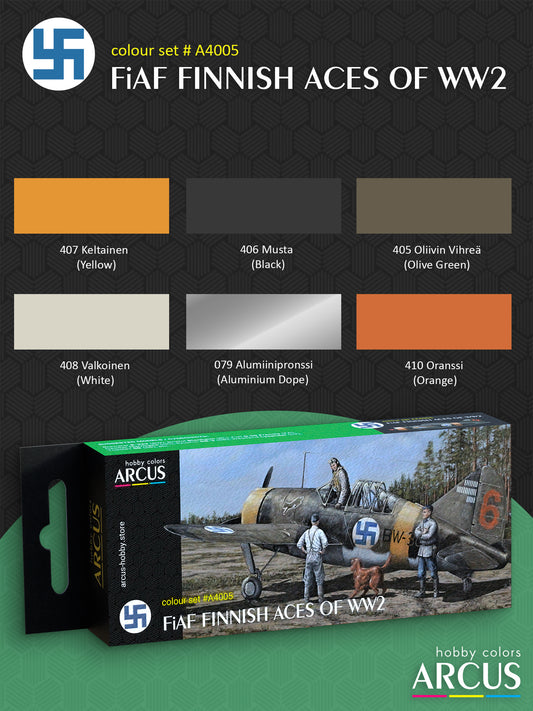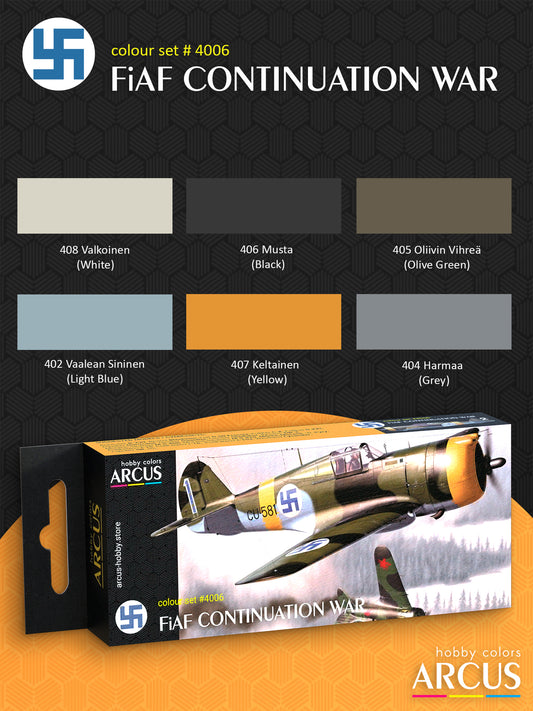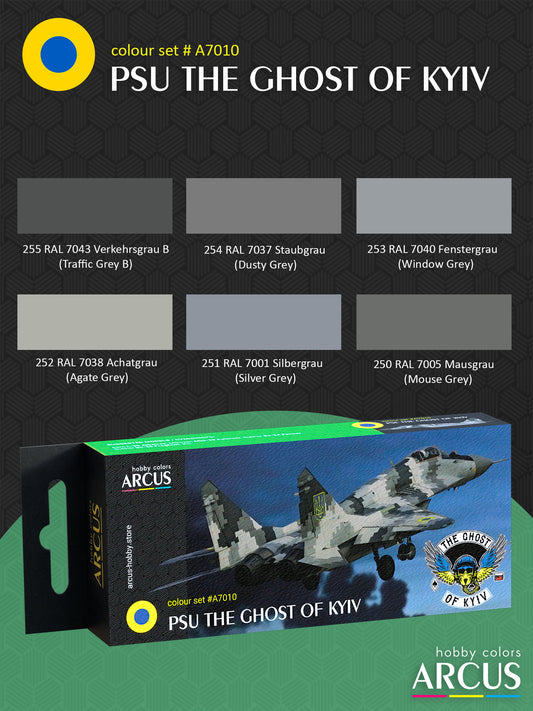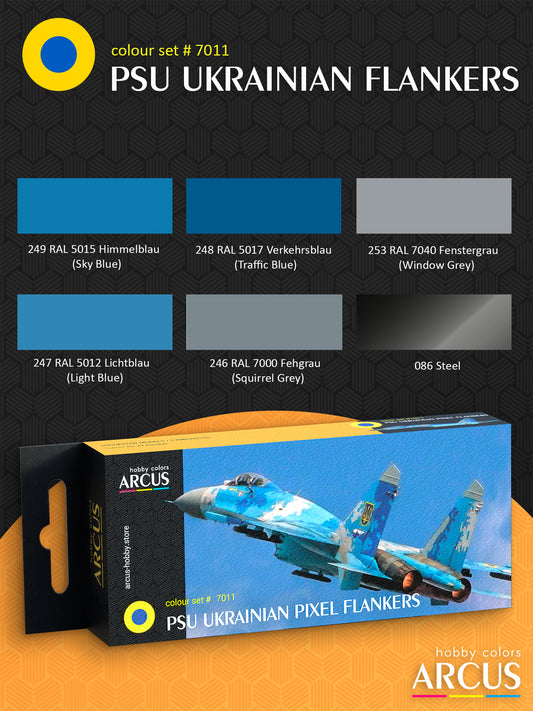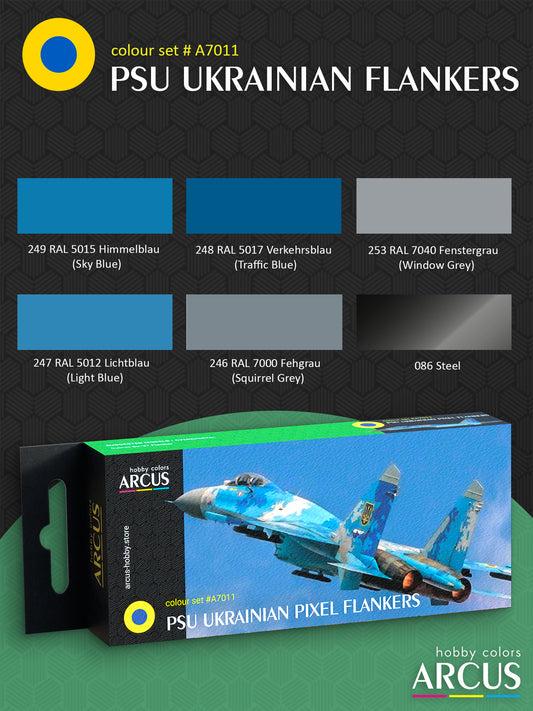The Finnish Air Force (Finnish: Ilmavoimat) was established on March 6, 1918, and is part of the Finnish Defense Forces. In peacetime, they handle airspace security, patrolling, and preparing for potential military conflicts.
Development of the Finnish Air Force in the 1920s-1930s
The history of Finnish aviation began with Russian aircraft left behind after the collapse of the Russian Empire. After declaring independence in 1917, during the Civil War, the White Guard acquired planes, including the Grigorovich M-9 (Shchetinin M-9). By the end of the war, Finland had 40 aircraft, some of which were trophies, while others were bought from allies, Sweden, and Germany. In 1919, France offered Finland aircraft with wheel chassis, leading to the purchase of Breguet XIV and Georges-Levy flying boats.
In 1926-1927, Finland developed the IVL Haukka fighter but decided in 1928 to obtain a license to produce the British Gloster Gamecock II, manufacturing 15 aircraft. By 1933, the Air Force had seven squadrons, including fighter, ground, and naval units. The fighter squadrons expanded, with the 24th Squadron (Finnish: Lentolaivue 24, LeLv 24) receiving Gloster Gamecock fighters, and the 26th Squadron (LeLv 26) being equipped with Bristol Bulldogs in 1934. Before the Winter War (Finnish: Talvisota), Finland focused on fast bombers. In 1936, 18 Bristol Blenheims were ordered, along with a license for their production. Additionally, Fokker CX dive bombers and Fokker D.XXI fighters were acquired. The Blenheim bombers were heavily used during the Winter War, but the full potential of fighters was realized much later.
At the start of the war, the fighter fleet mainly consisted of biplanes and outdated aircraft. Finland tried to purchase American Seversky P-35 fighters, but the deal fell through. The possibility of acquiring the Heinkel He 112 was also considered, but the deal did not materialize. Planes transferred and purchased from England, including the Gloster Gladiator, arrived, but many were lost in combat. The Fokker D.XXI, designed for the Dutch army, became Finland’s best fighter in the Winter War. The Fiat G.50, Finland’s only modern aircraft, faced difficulties operating in the harsh Finnish winter climate. Although Finland had enough resources, there were issues with pilot training and standardizing ammunition. Before the war, pilot training was limited to save costs. The variety of machine gun types and calibers caused compatibility issues with cartridges. Pilots were hastily trained before the Winter War.
Operational History of the Finnish Air Force
In the Winter War, the Finnish Air Force reached combat readiness on October 7, 1939, with reservists joining maneuvers on October 14, 1939. The conflict began on November 30, 1939, with the massive bombing of 21 Finnish cities by Soviet aircraft. Facing approximately 5,000 Soviet planes, the Finnish Air Force had 17 bombers, 31 fighters, and 54 reconnaissance aircraft. Dispersed across multiple airfields and hidden in forests, the Finnish aviation avoided destruction during bombings. Due to bad weather, air battles started only in mid-December. The Finnish Air Force primarily aimed to disrupt Soviet bombers and engage in defensive dogfights.
During the interwar period, the Finnish Air Force's fleet expanded, with older aircraft being transferred to training units or decommissioned. Equipment quality also improved significantly during this time. Initially, the Finnish Air Force aimed to achieve air supremacy, later focusing on defense with fighters. The American Brewster B-239 was the main fighter until 1943, achieving an impressive 32:1 kill ratio. Bristol Blenheim bombers and German Dornier Do 17 and Junkers Ju 88 were used to enhance bombing capabilities. The Finnish Air Force had a diverse fleet, including Hawker Hurricanes and even I-153 planes transferred from Germany as trophies. Attempts to produce domestic fighters like the VL Humu and VL Pyörremyrsky faced difficulties. The German Messerschmitt Bf 109 replaced the Brewsters only in 1943.
During the war, both Finland and the Soviet Union upgraded their armaments. The German Detachment Kuhlmey (German: Gefechtsverband Kuhlmey) played a crucial role in supporting ground forces. The Soviet Union received Airacobra and Hurricane aircraft through Lend-Lease, but their own machines, such as the MiG-3, LaGG-5 fighters, and Il-2 attack aircraft, had better characteristics. Soviet aerial bombings marked the beginning of the Continuation War (Finnish: Jatkosota) following Hitler's radio speech. The Finnish Air Force operated defensively during Soviet bombings of industrial cities and offensively near Leningrad, focusing on disrupting the Murmansk communication line. Germany supplied only Bf 109 fighters in 1943, causing maintenance delays due to a lack of tools. In 1944, air battles became more intense with the Soviet offensive. The Soviet Union tried to change the course of the war with a three-day bombing of Helsinki, but anti-aircraft defenses and premature bomb drops thwarted the attack. During the Battle of Tali-Ihantala, the German Luftwaffe helped repel the main Soviet offensive.
After signing an armistice with the Soviet Union, Finland committed to expelling German forces from its territory. The Lapland War (Finnish: Lapin sota) began in September 1944 and lasted until April 1945. The Sarko Flight Group (Finnish: Lentoryhmä Sarko), led by Colonel Olavi Sarko, was activated to fight the German forces. The Germans retreated from Karelia, Hanko, and Pori by September 15, 1944. The Finns faced challenges, including limited airfields and damaged key bases. The Germans had well-equipped airfields in Kemi and Rovaniemi. The conflict intensified in October, leading to the Finns capturing Kemi airport. Adverse weather affected operations in November, reducing air force strength. By December, demobilization was complete. In January 1945, increased operations occurred due to Soviet demands against German forces. Flight days were limited in February and March. The final combat flight took place on April 4, 1945, and by April 25, the German forces had left Finnish territory and retreated to Norway. The Finnish Air Force experienced minimal losses but faced weather challenges and achieved limited results in bombing operations during the Lapland War.
Camouflage of Finnish Aircraft in World War II
During World War II, the Finnish Air Force used a variety of imported and captured aircraft from countries like Britain, Germany, Italy, France, the Netherlands, Sweden, and the United States. Initially, these planes retained their original paint schemes, including the British Temperate Land scheme, French multi-color camouflage patterns on Caudron and Morane-Saulnier aircraft, as well as Dutch colors. Planes flown by Swedish volunteers from Flight Regiment 19 (Swedish: Flygflottilj 19, Finnish: Lentorykmentti 19 or LentoR 19) also kept their original colors.
However, Finnish command aimed to standardize camouflage colors. During maintenance and repairs, aircraft upper surfaces were painted olive green. By 1941, a new two-color camouflage scheme with black spots on an olive-green background was introduced. In winter, the black spots were often covered with washable white paint.
In 1942, a new light blue color was approved for the undersides. German aircraft like the Bf 109, Junkers Ju 88, and Dornier Do 17 mostly kept their original German camouflage, although some bombers were eventually repainted in Finnish colors.
A distinctive feature of Finnish camouflage during the war was the use of bright yellow elements for quick identification, agreed upon by Axis powers for the Eastern Front to prevent friendly fire. Finnish planes had yellow engine cowlings, wingtips underneath, and yellow stripes on the fuselage. This marking appeared at the start of the Continuation War in June 1941 and was discontinued when Finland switched sides to the Allies, marking the beginning of the Lapland War in 1944.
Camouflage Colors of Finnish Aircraft During World War II
The Finnish Air Force had a diverse fleet of aircraft, including British, German, Italian, French, Dutch, Swedish, and American planes. Their camouflage was equally varied, using shades from different systems like MAP and RLM, as well as French, Italian, and Dutch colors matching the aircraft's origin. However, as camouflage schemes were standardized, original Finnish colors became more prevalent.

 SaleVendor:Arcus HobbyRegular price $1.69 USDRegular priceUnit price per
SaleVendor:Arcus HobbyRegular price $1.69 USDRegular priceUnit price per
 SaleVendor:Arcus HobbyRegular price $1.69 USDRegular priceUnit price per
SaleVendor:Arcus HobbyRegular price $1.69 USDRegular priceUnit price per
 SaleVendor:Arcus HobbyRegular price $1.69 USDRegular priceUnit price per
SaleVendor:Arcus HobbyRegular price $1.69 USDRegular priceUnit price per
 SaleVendor:Arcus HobbyRegular price $1.69 USDRegular priceUnit price per
SaleVendor:Arcus HobbyRegular price $1.69 USDRegular priceUnit price per
 SaleVendor:Arcus HobbyRegular price $1.69 USDRegular priceUnit price per
SaleVendor:Arcus HobbyRegular price $1.69 USDRegular priceUnit price per
 SaleVendor:Arcus HobbyRegular price $1.69 USDRegular priceUnit price per
SaleVendor:Arcus HobbyRegular price $1.69 USDRegular priceUnit price per
 SaleVendor:Arcus HobbyRegular price $1.69 USDRegular priceUnit price per
SaleVendor:Arcus HobbyRegular price $1.69 USDRegular priceUnit price per
 SaleVendor:Arcus HobbyRegular price $1.69 USDRegular priceUnit price per
SaleVendor:Arcus HobbyRegular price $1.69 USDRegular priceUnit price per
























